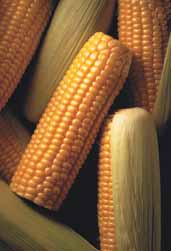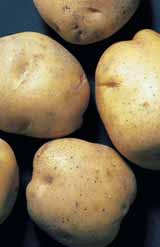Agreepdf.pdf
International Coffee Organization Organización Internacional del Café Organização Internacional do Café Organisation Internationale du Café Copy of authenticated text INTERNATIONAL AGREEMENT By Resolution number 393 the International Coffee Council approved on 28 September 2000 the text of the International Coffee Agreement 2001, contained in document IC

 Basagran®
Basagran®
 Basagran®
Basagran®
 Basagran®
Basagran®
 Basagran®
Basagran®